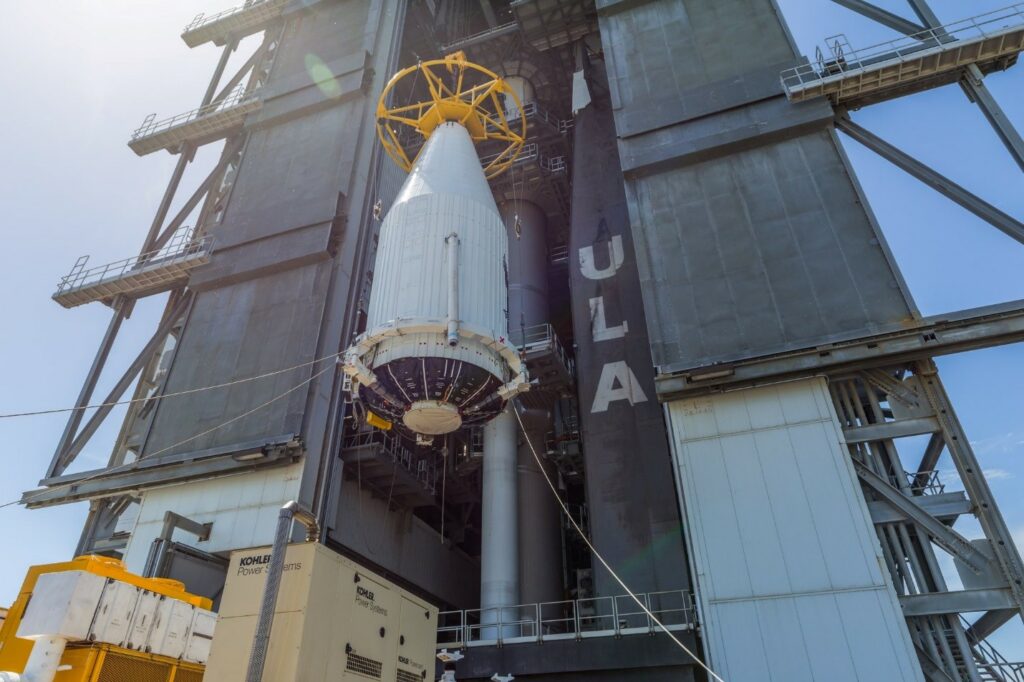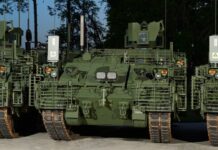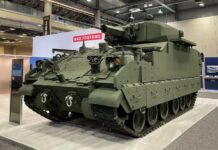BAE Systems has been selected by the Space Systems Command (SSC) Space Enterprise Consortium (SpEC) to provide a prototype ground system for the US Space Force’s SSC Future Operationally Resilient Ground Evolution Command and Control (FORGE C2) project. The award to BAE Systems comes via its acquisition of Ball Aerospace last month.
The goal of the FORGE C2 effort is to evolve the current ground architecture, leveraging newer technologies and architecture approaches. BAE Systems will integrate proven capabilities into a prototype ground system that will allow the Space Force to provide command-and-control capabilities for Next-Generation Overhead Persistent Infrared (OPIR) geosynchronous Earth orbit (NGG) and Next-Generation OPIR Polar (NGP) systems as well as enabling the transition of the legacy Space Based Infrared System (SBIRS) assets.
FORGE C2 will integrate functionality such as telemetry, tracking, command, flight dynamics, mission management and ground resource management into a consolidated framework. This framework will facilitate the rapid integration of next-generation assets as they come online and will enable a single capability that can operate the current and future OPIR constellation, thus reducing operational costs.
“The Space Force’s ability to accurately and efficiently detect and track missile launches is of the utmost importance to our nation’s ability to defend against these growing threats to national security,” Don Speranzini, vice president and general manager of ground systems and services for BAE Systems Space & Mission Systems, was quoted as saying in a company press release. “We’re confident that our innovative approach to FORGE C2 will deliver the best solution to support the future of this vital program.”
On 9 November 2023 the US National Security Technology Accelerator (NSTXL), which manages the SSC’s SpEC programme, announced awards to four companies for Phase 1 of the FORGE C2 project: Ball Aerospace; Parsons; General Dynamics; and Omni Federal.
Phase 1 is focused on integration and demonstration of prototype capabilities. Once completed, one or more designs will be chosen for further development and testing in support of the first Next-Generation OPIR polar satellite launch, currently scheduled for 2028.













